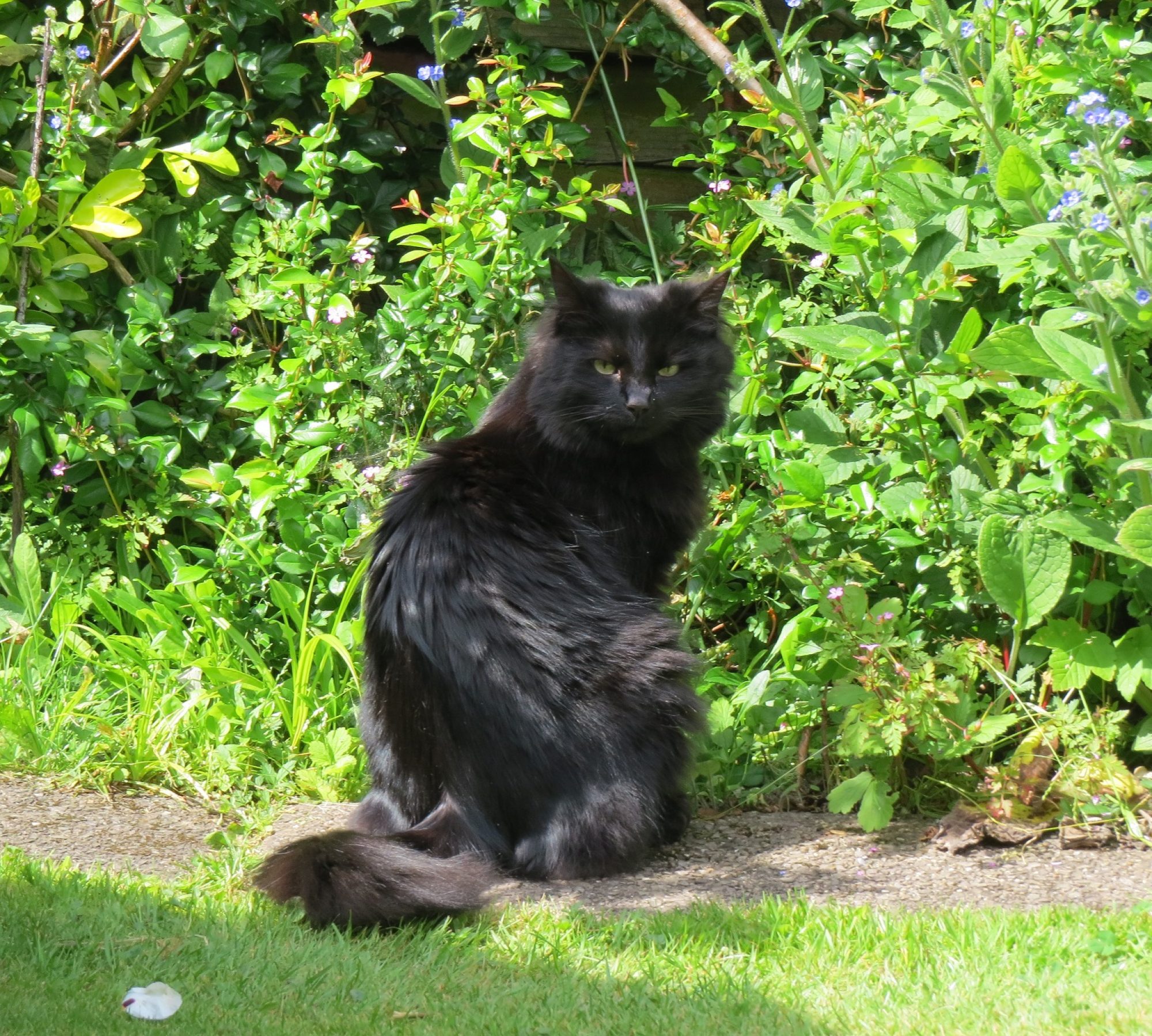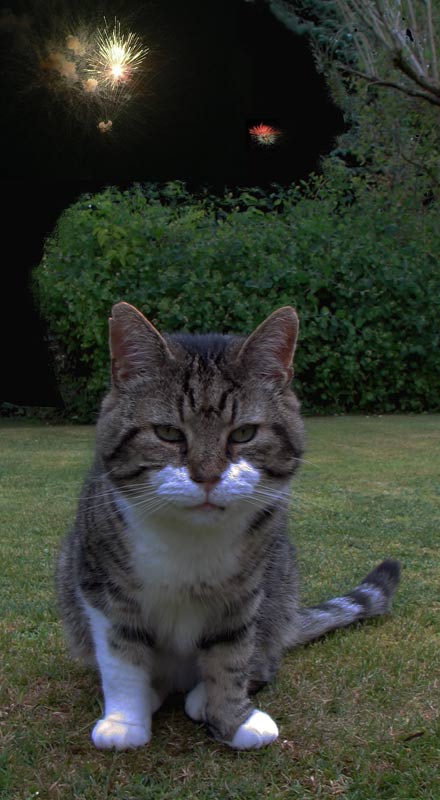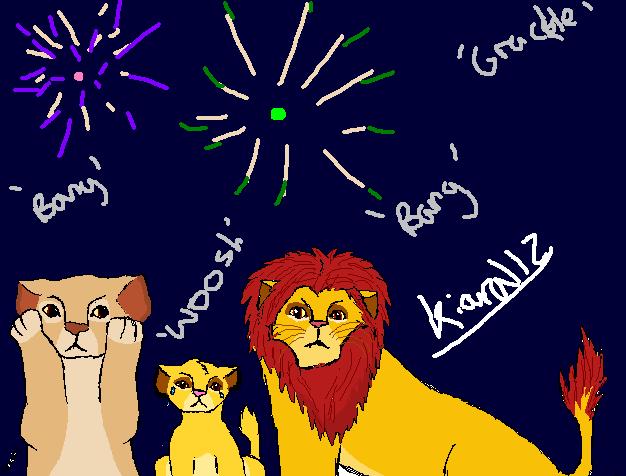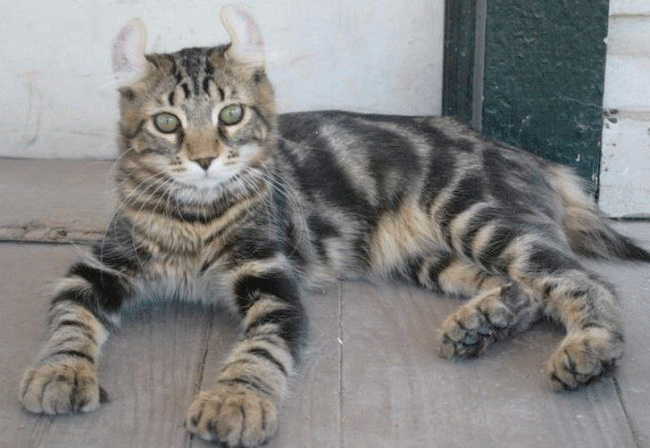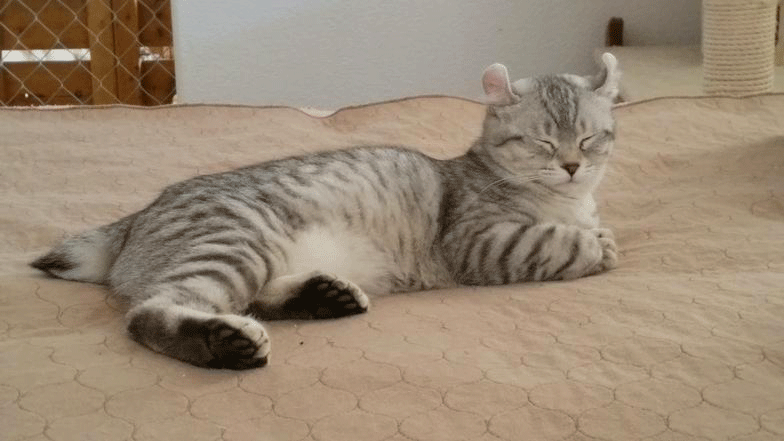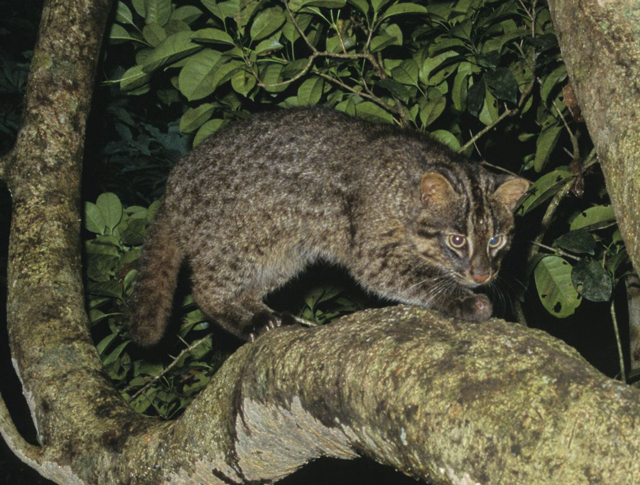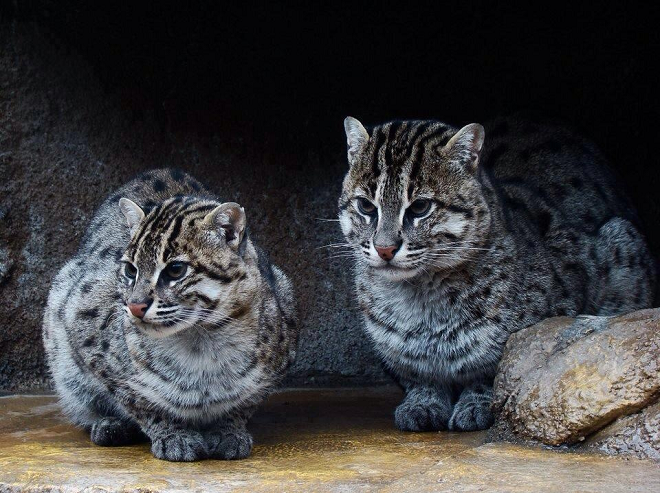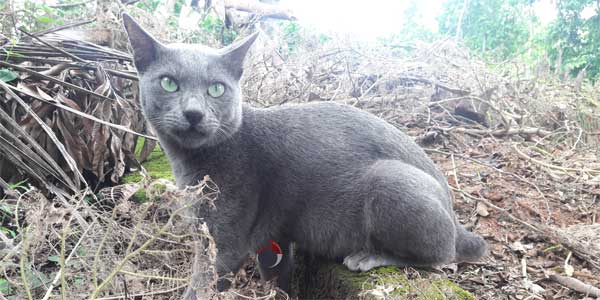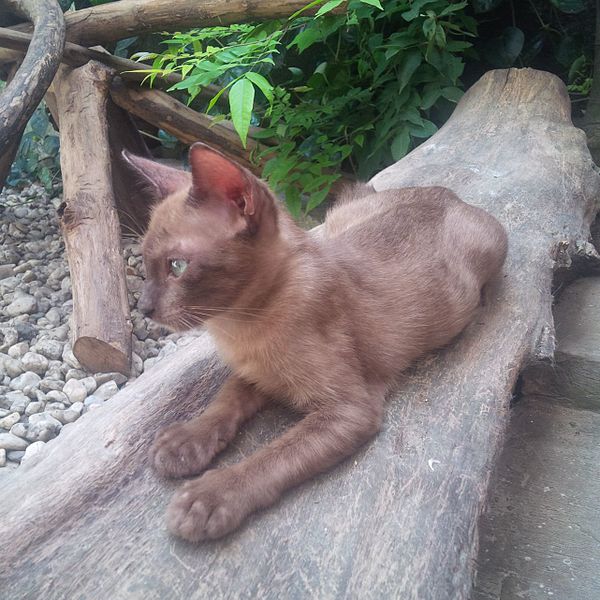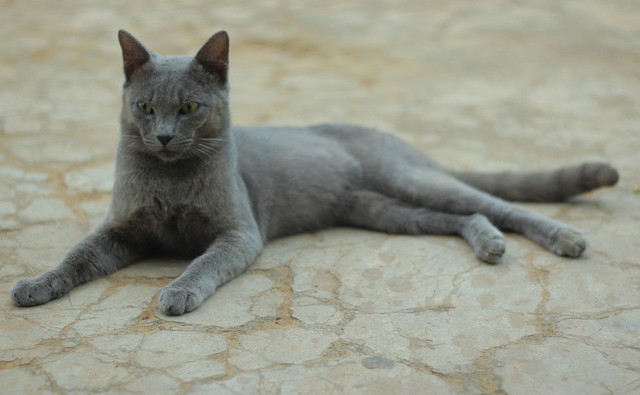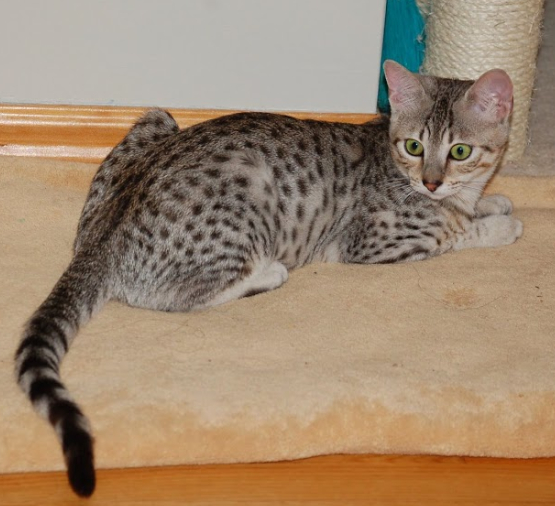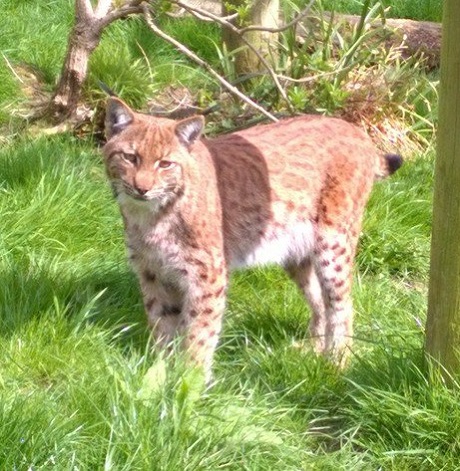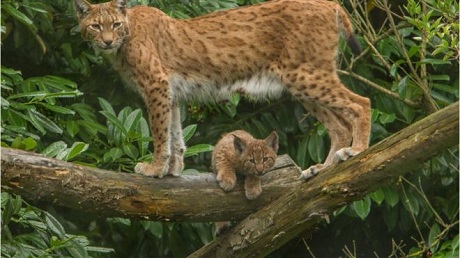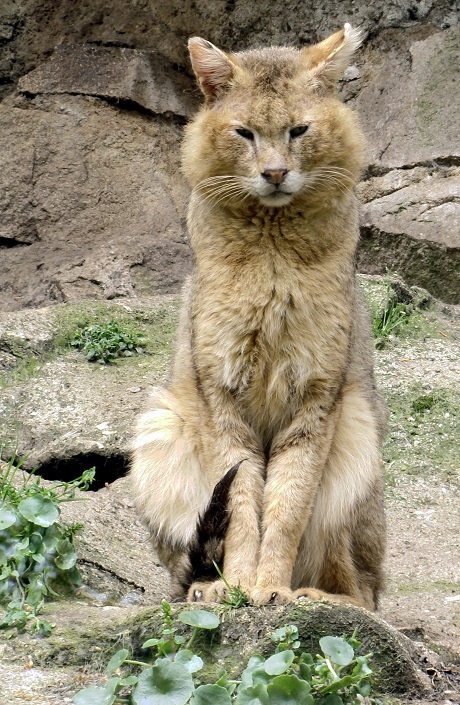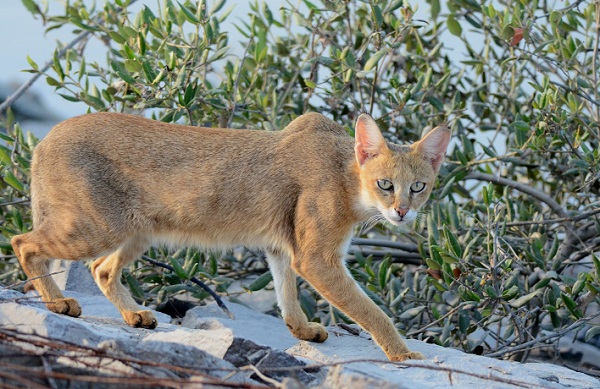Now, Norman was quite a tough nut when it came to Fireworks Time, but we still didn’t let him out in the evening around this time of year (no matter how much he stalked the door and looked all dewy eyed and needy to get out).
As the bangs, crackles and thuds went on he barely raised his head off of his favourite cushion. Norman always maintained though that some of his cousins (and doggy friends) wern’t as strong as him, so he still hopes that you’re keeping your beloved four (and two) legged friends safe and warm.
Reader, here are some tips to keep Moggy and Pooch safe and sound at this time of year. O.k you’ve heard em all before, but doing some of this stuff might save a creature from months of trauma or even an injury… well worth a refresher then! … what say you?
Practical things you can do at firework time:
Provide a hiding place: When animals are scared they may want to hide somewhere. Ideally, you should move your pets to a calmer and quieter environment long before they get scared. Bring cats and dogs safely indoors where possible. If space is not available then use a shed, conservatory or garage as their shelter. (the latter is not ideal though as sound can be made louder in a garage which is empty). Anyway, make sure there’s a safe, dark place available anywhere in your home. An example might be a cupboard with the door left partially open, a soft blanket under a bed or under the stairs might also be good. Ideally somewhere they have hidden before such as in a cardboard box or on their usual pet bed, moved into the middle of the house perhaps.
Keep the noise down: Try and reduce the noise of the fireworks as much as possible by closing the curtains, shutting doors and windows and/or putting a TV or radio on with some soothing music or gentle talking.
Keep ’em indoors: Make sure ‘Mister Tiddles’ and ‘Rex’ have had their toilet breaks before it gets dark. If they are very nervous then plan to go early in the morning or to a quiet place you know (this will be long before the kids out for fun have started gathering). Also, keep outside windows and doors firmly shut to prevent escapes, just in case pets are startled by loud bangs and try to run away.
In the case of cats, keep the litter tray especially clean at this (sometimes) stressful time of year. If it’s not clean and up to scratch they will often choose (as most of you will know already) an inappropriate place instead.
For all our animal companions please make sure they are identifiable. Using a collar with a name tag on is not always comfortable (for cats anyway), but at this time of you might want to have a collar available (these are also useful to attach in the BBQ months when she might stray with the propspect of a free chicken drumstick – Our Norman is notorious for this, bringing all manner of chops and drumsticks to the back door here, and who can blame him!) Of course the modern way to identify your companion is to get him/her micro-chipped.
Visit the Vet: If your pet is particularly nervous then please contact your vet about the many possible temporary calming methods available, including clever pheromone sprays and mild sedatives which can help. However these may be a little pricey for some pockets!
Keep a distance:
Having your own family bonfire? You might want to think about buying fizzing or cascading fireworks and sparklers rather than the noisy bangers and ‘roman candles’. Also, be sure to build your bonfire and let off fireworks as far away from your home as possible, thus minimizing any adverse effects on confused and (sometimes) terrified animals indoors.
Check your bonfire area:
Of course this does not mean that other wild animals will not be affected so please always check in and around your bonfires before lighting them to ensure that no small animals are curled-up asleep inside. You might even want to make a bit of a natural racket to scare creatures away before you start the proceedings.
… and Relax:
Try to ignore the nervous behaviour of your animal companion as much as possible, but do let them sit by you if they so wish. If you give them too much attention when they’re scared you’ll be reinforcing the message that there is something to be scared of out there.
Reward: Giving a favourite treat (a nice piece of fish or a tender bone perhaps) may well help to keep their minds off the things going on outside. A little at a time might be a good idea, so they don’t over indulge. However, don’t be surprised if they don’t eat it! Above all when it’s all over and they re-emerge from their den, give them some extra fuss (and another treat) for having been so brave.
So, A very happy (and safe) Happy Guy Fawkes Night, Diwali, Independence Day, New Year …. to you all from Stormin’ Norman (god bless him up there), the new Little Oscar, and yours truly.
First Published: Nov 5th, 2011
